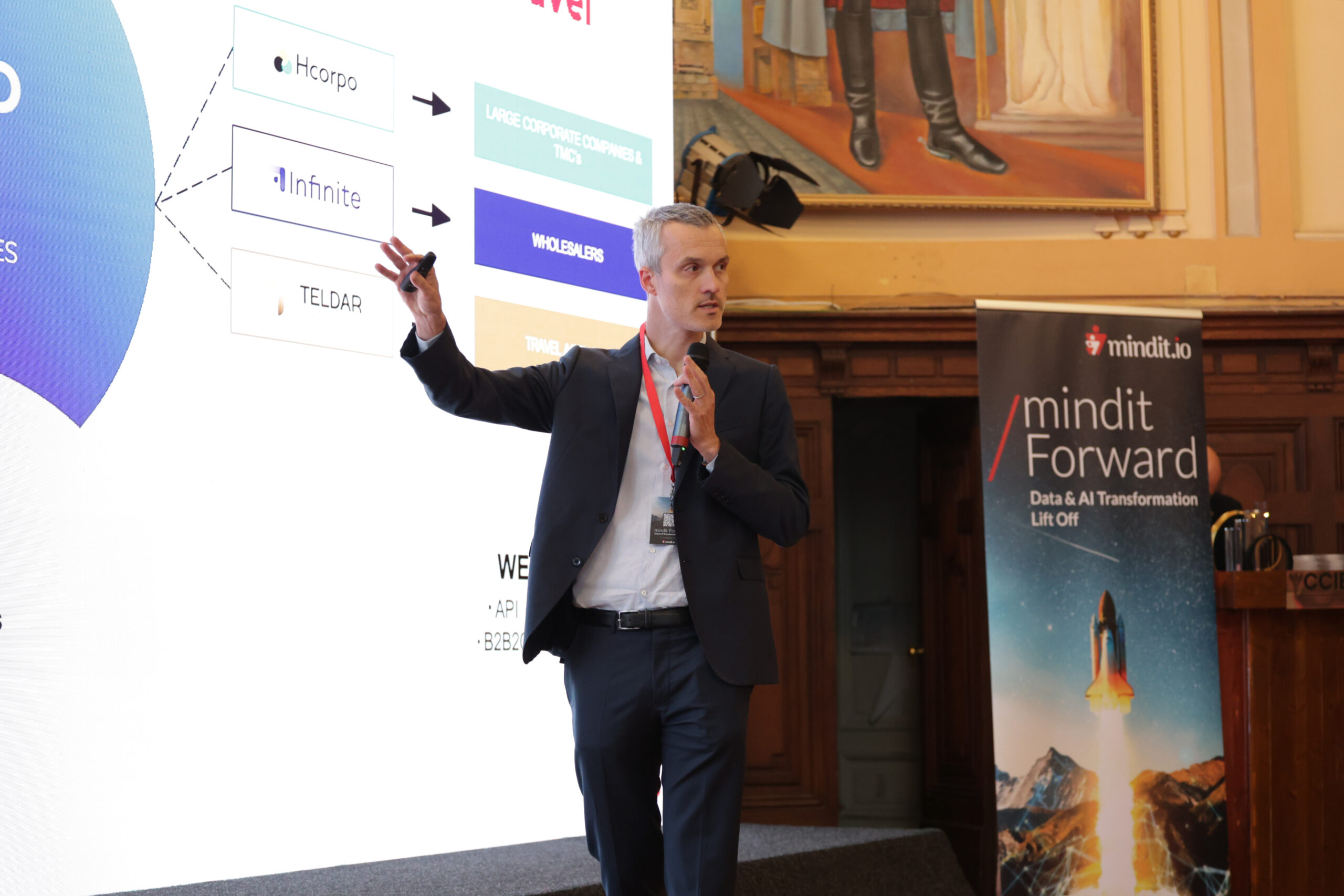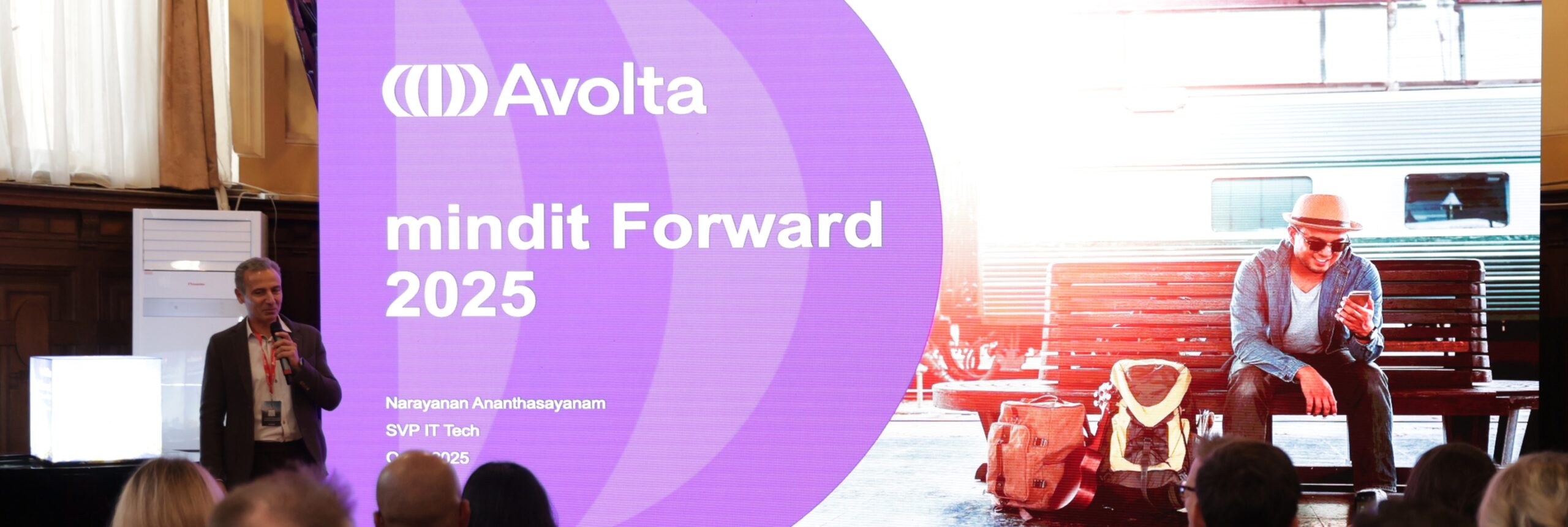Kubernetes 101 – Volumes
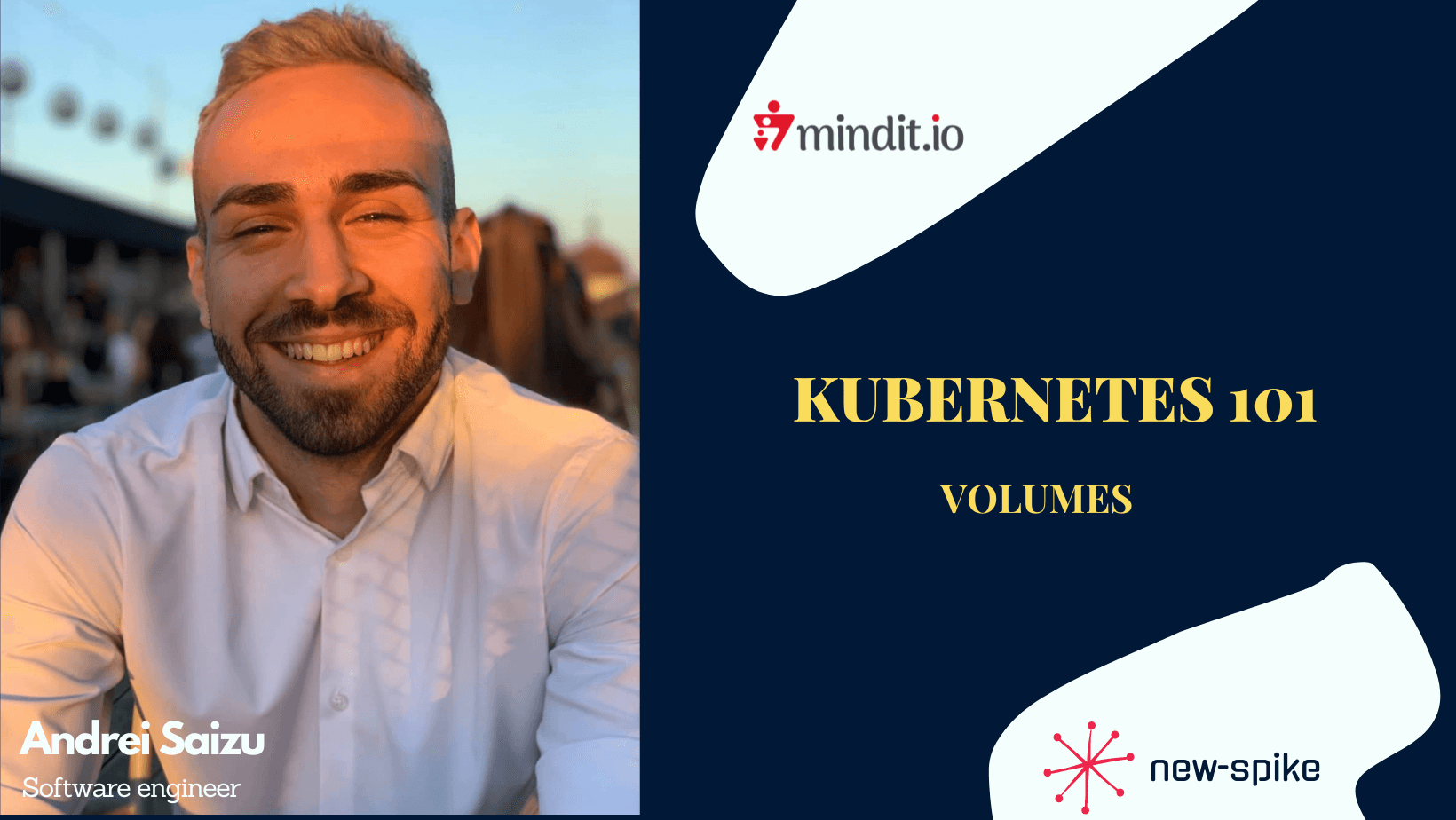
Introduction Q:What is a Volume A: A directory with data accessible to all containers in a pod. Kubernetes supports many types of volumes. Persistent Volumes Ephemeral Volumes Projected Volumes etc. A pod can use any number of volume types simultaneously. Persistent Volume (PV) This is a storage element in a cluster, defined manually by an […]
Kubernetes 101 – Jobs & Cronjobs
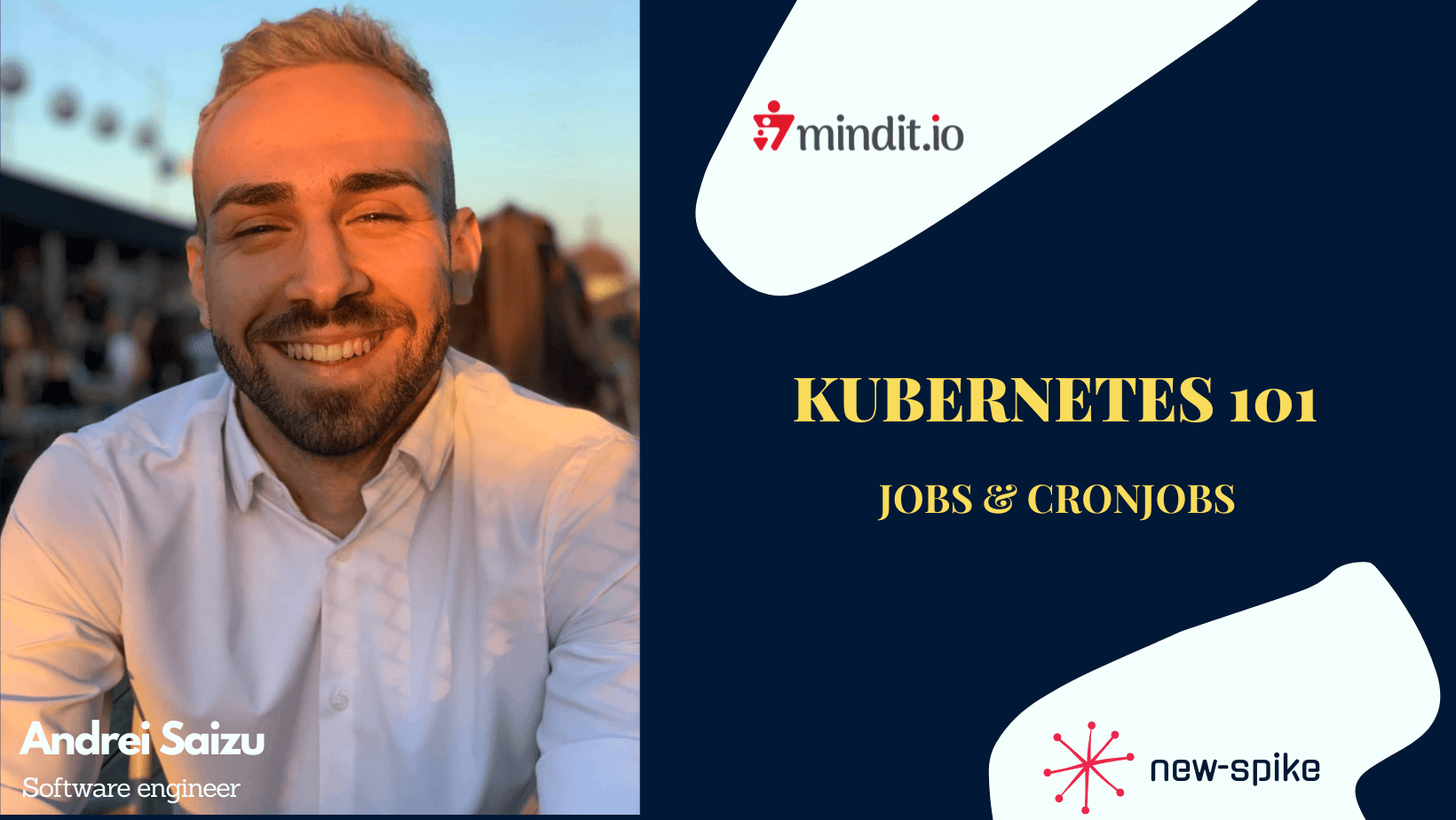
ob A Job creates one or more Pods and will continue to retry execution of the Pods until a specified number of them successfully terminate. apiVersion: batch/v1 kind: Job metadata: name: job spec: template: containers: – name: nginx image: nginx:latest command: [”/bin/sh”, “-c”, “date;”] backoffLimit: 4 As pods successfully complete, the Job tracks the successful […]
Storyblok – What is it and how can it help your business?

What is Storyblok? According to the official documentation, Storyblok is an enterprise-level Headless Content Management System that empowers content creators and developers to build anything and publish everywhere, giving them the flexibility to create and scale better experiences across all digital channels with any technology stack. Now, Storyblok is very far from the first to […]
Kubernetes 101 – Deployments
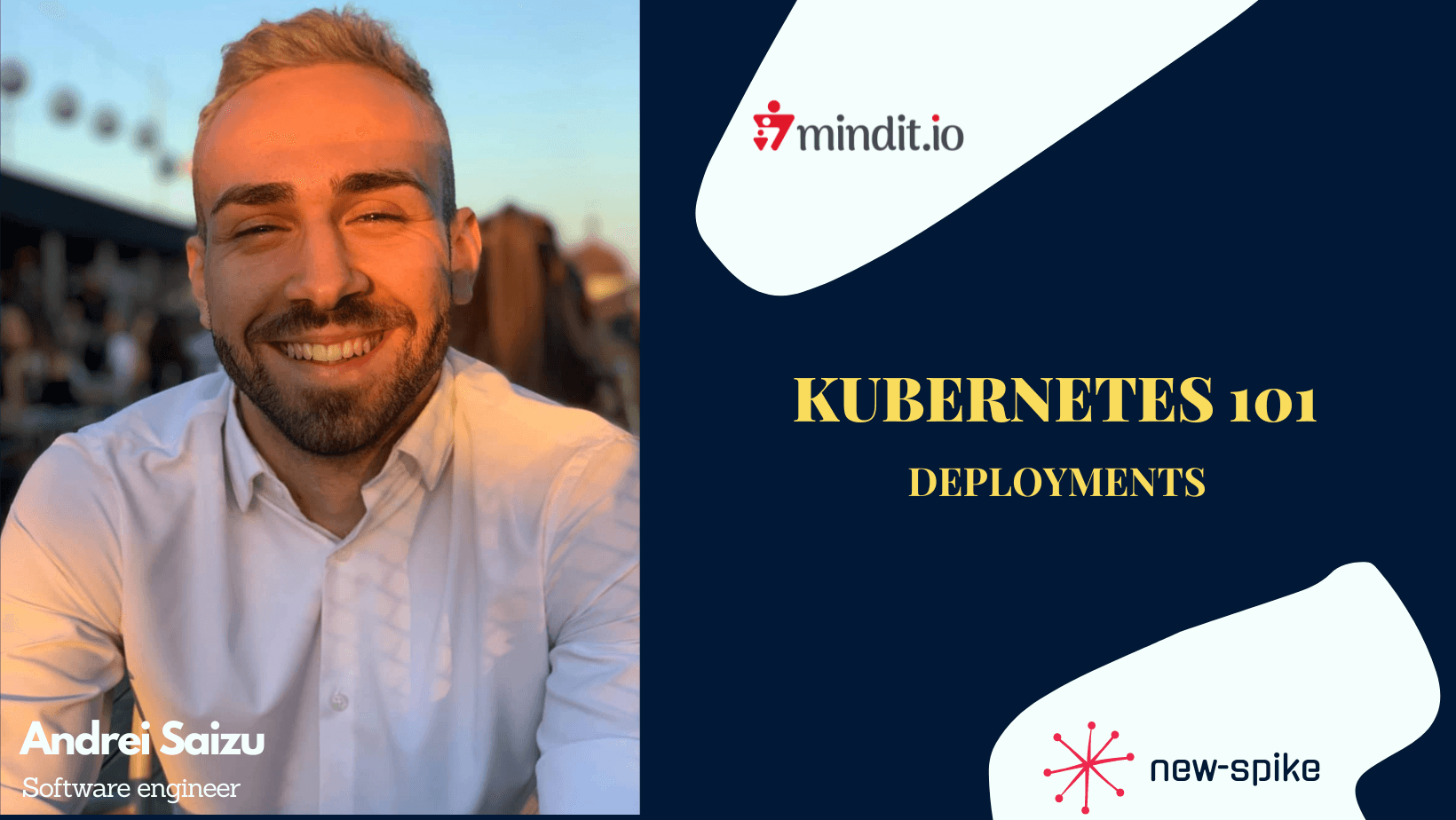
Intro While you can’t rely on any single pod to stay running indefinitely, you can rely on the fact that the cluster will always try to have the number of pods you wanted available. A Deployment object contains a collection of pods defined by a template and a replica count (how many copies of the […]
Kubernetes 101 – Namespaces
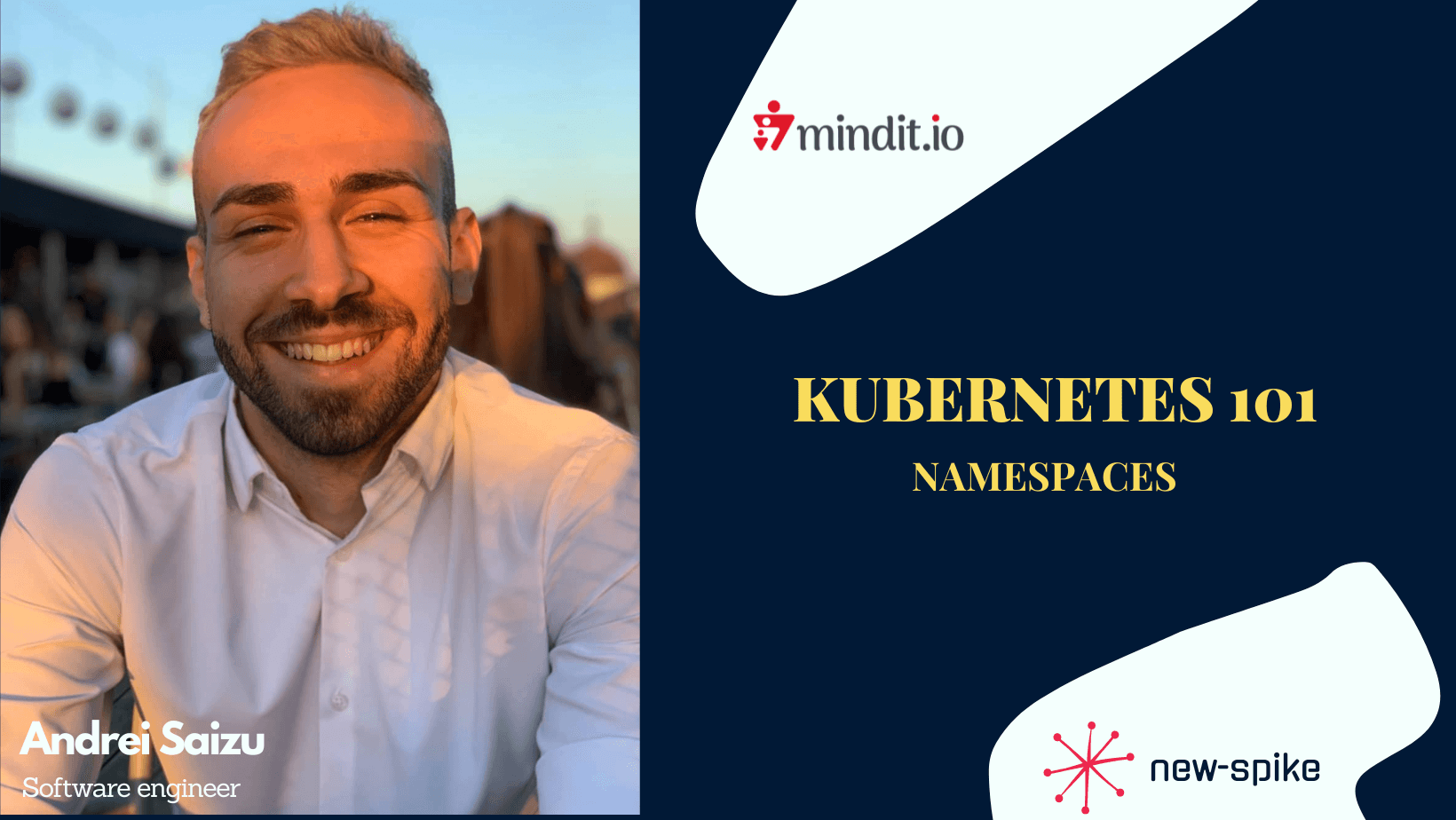
Intro Before jumping into Kubernetes resources, let’s take a look over a very important concept called Namespace. Namespaces are a way to separate cluster resources. Namespace-based scoping is applicable only for certain types of objects (e.g. Pods Deployments, Services, etc.) and not for cluster-wide objects (e.g. StorageClass, Nodes, PersistentVolumes, etc.). Usage Retrieve all defined namespaces. […]
Docker Containers – mindit.io’s Kubernetes 101 Blog Series
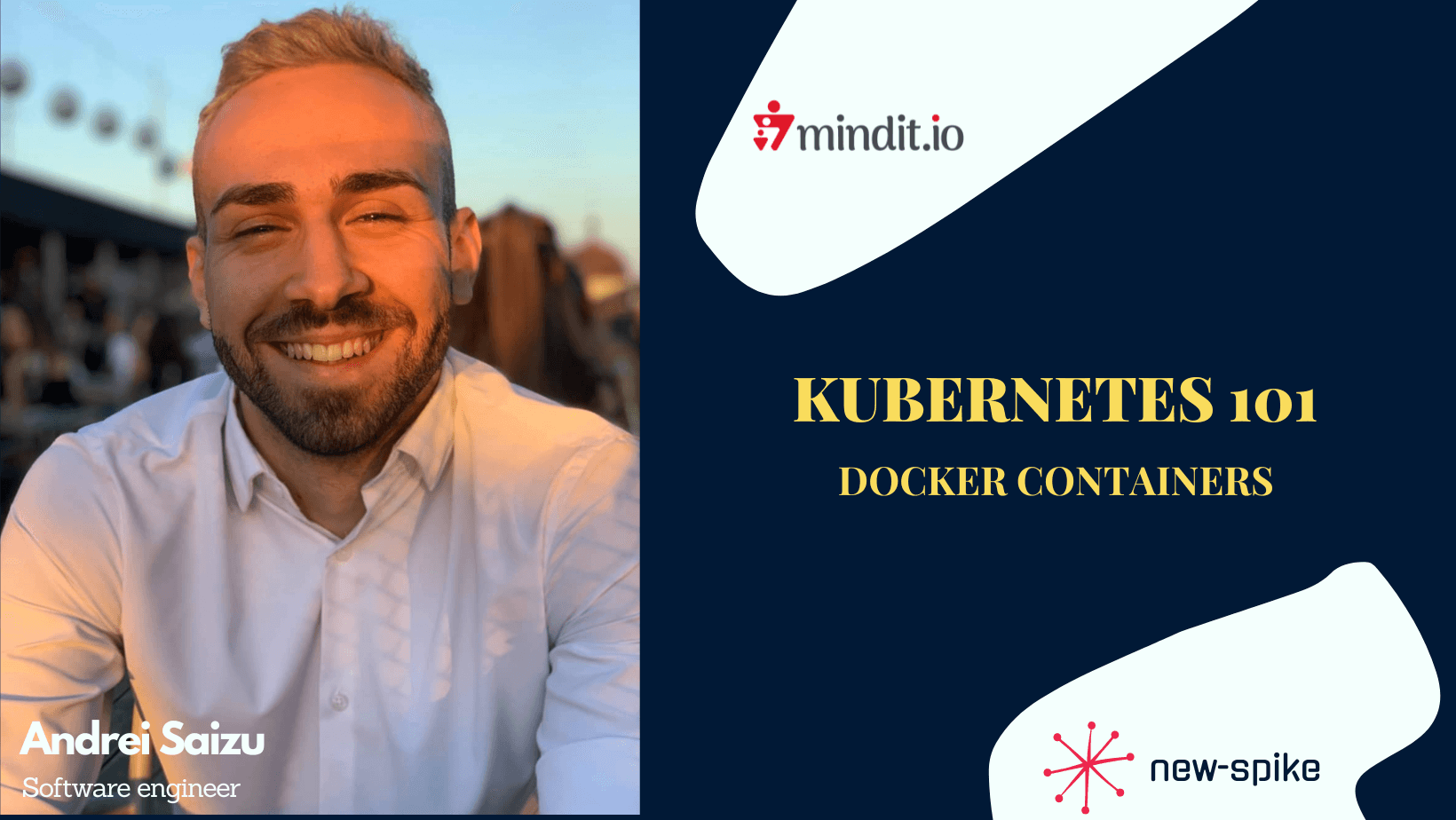
If you’re new to our Kubernetes 101 series, you can start by reading the first blog post, right here. Intro The usual way of developing an application is writing code locally, then deploying that code on a server. Any differences between environments (permissions, database access, etc.) may lead to errors. With containers, we can create […]
Kubernetes 101 – Intro. Let’s start with the basics!
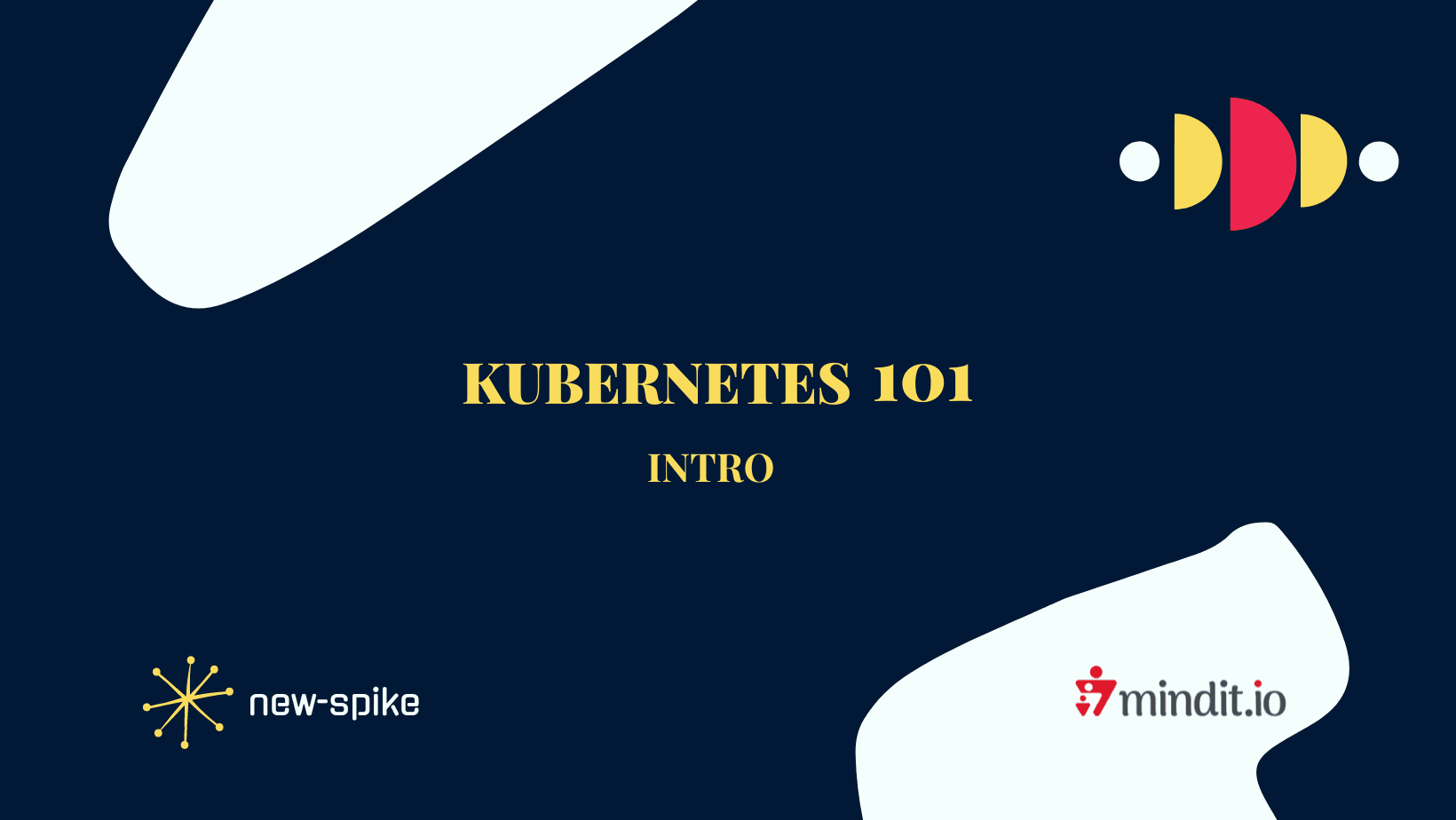
As a software developer these days, you need to be curious in order to learn and improve. You need to start wandering beyond your local machine and wonder what happens to your software after you implemented that cool new feature. See what I did there? wander – wonder… Nevermind If you are working on a […]
Helping a global brand build an Ecommerce Marketplace with operations in over 150 countries

The Ecommerce sector is one of the most profitable industries today and one that has surely grown during the COVID-19 pandemic, given all the restrictions that were imposed at an international level. • Online retail sales amounted to $4.9 Trillion worldwide. Forecasts show a growth of over 50% within the next 4 years. • Last […]
Kubernetes 101 – Main Features. Let’s dig deeper into our K8s series!
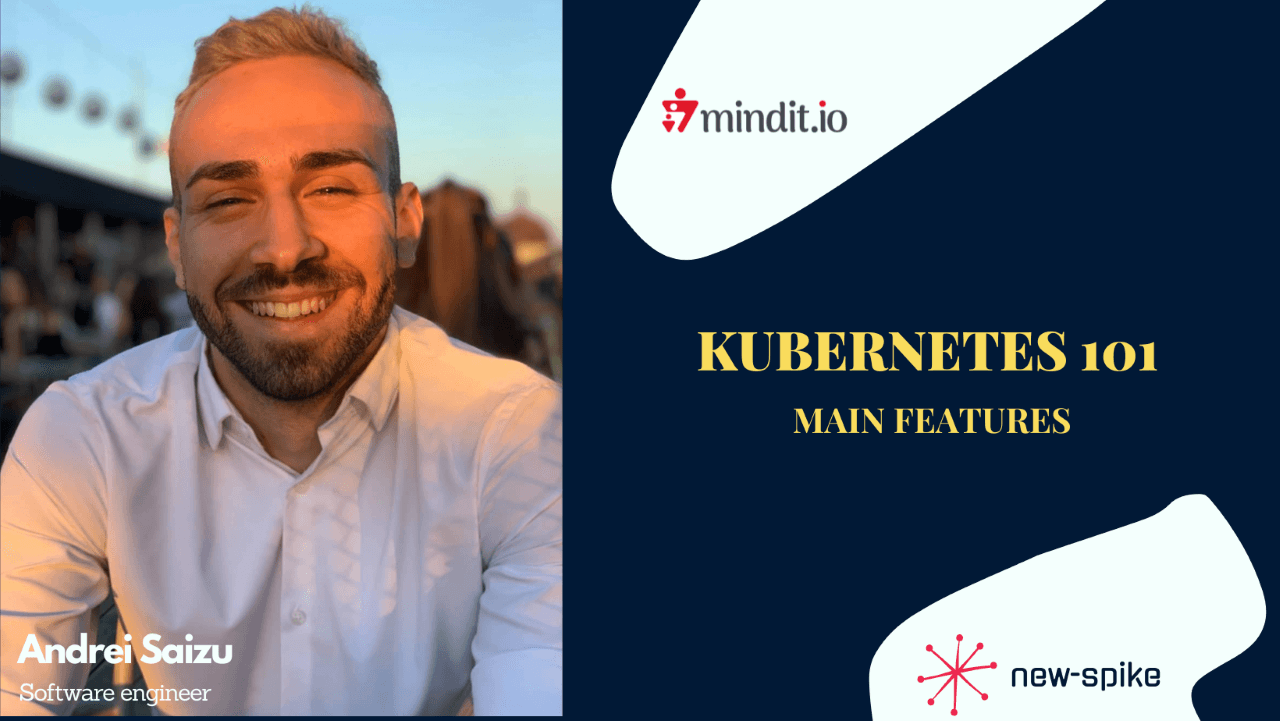
Intro Moving on from the previous post from our Kubernetes 101 series, we saw what a Docker container is and how you can run it. What happens when you need to coordinate and schedule many containers? How do all the different containers talk to each other? How can we scale many container instances? This is […]
PROs and CONs of Enterprise Application Integration (EAI)

Introduction Organizations growing in size and expanding their enterprise architectures consisting of various applications or services to conduct day-to-day business will encounter certain issues during their growth process. In the end, this leads to a significant problem regarding enterprise applications and information silos because some applications are not designed to interact with each other in […]





































